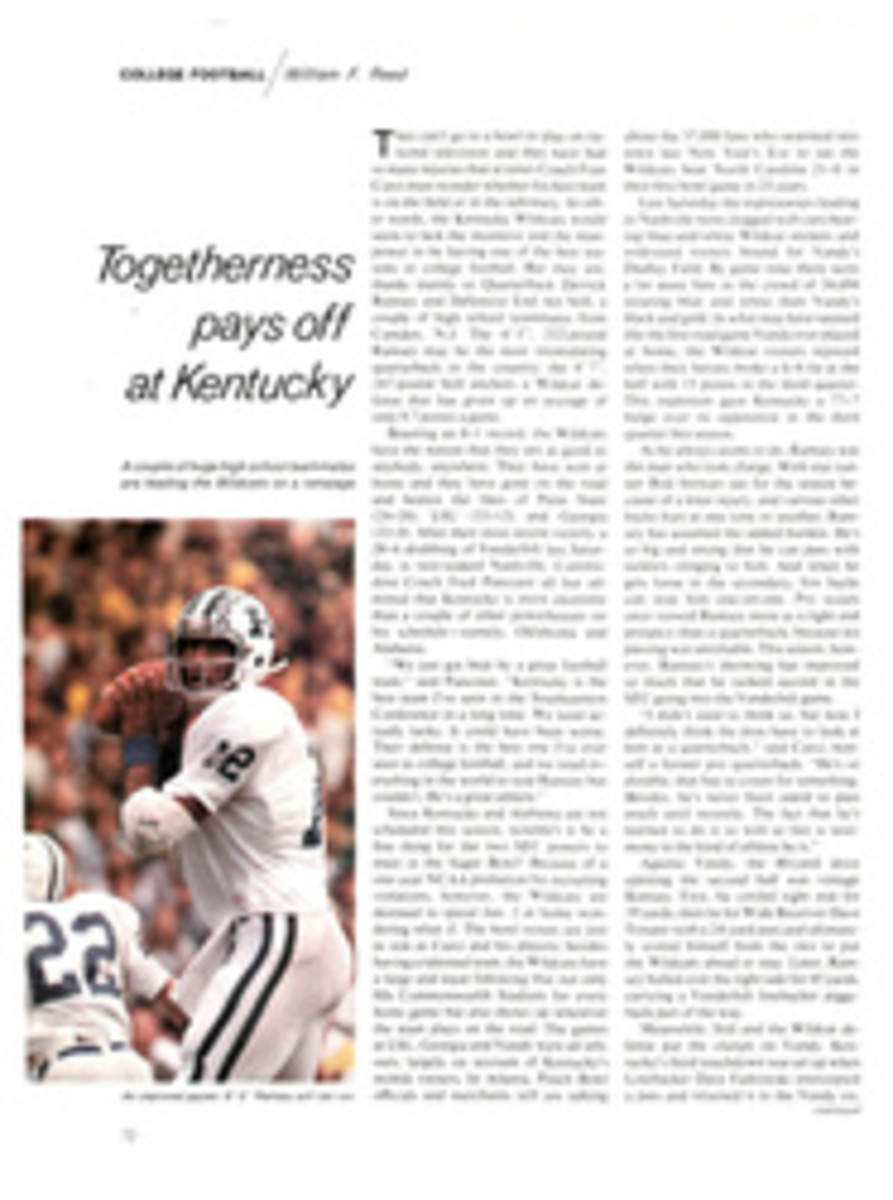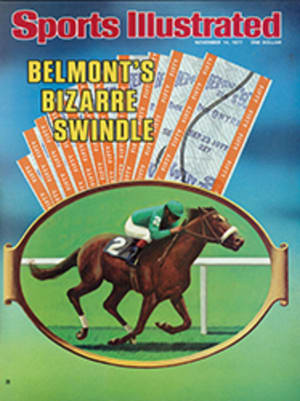
CONFUCIUS SAY WHEN YOU STEP OUT OF YOUR CLASS, BE SURE TO STEP DOWN
On Sept. 24 Oklahoma defeated Ohio State 29-28 in an exciting football game that exhibited balanced competition between two institutions with similar attitudes toward intercollegiate athletics. The football was impassioned, the entertainment was intoxicating, the recreation was wholesome and the receipts were lucrative.
That same Saturday, in one of its two non-conference games, Brown, an Ivy League school, beat Rhode Island, something less than a football giant, 28-10. In the fall of 1983, Brown will move out of its usual competitive environs to play Penn State, a perennial national power, at Beaver Stadium, the Nittany Lions' home field. Like the Penn State-Rutgers debacle earlier this season (Rutgers, which was undefeated last year, was routed 45-7 in that unhappy introduction to big-time football), the game probably will not be competitive, nor entertaining, nor will it enhance the prestige of either school. But it will make money.
The economics are simple, at least at first glance. Last year Brown played before 113,330 fans in nine games—an average of 12,600 a game. While Brown Stadium seats only 20,000, Beaver Stadium has a 60,203-seat capacity and this season is sold out for the fifth consecutive year. In one afternoon, with hopefully 60,000 bodies in the seats instead of 12,000 or so, Brown will considerably increase its annual football revenue.
The covenant that binds the eight institutions known as "The Ivy Group" states that "under proper conditions intercollegiate competition in organized athletics offers desirable development and recreation for players.... These conditions further require that undue strain upon players and coaches be eliminated and that they be permitted to enjoy the game as participants in a form of recreational competition rather than as professional performers in public spectacles...these conditions and requirements can best be fulfilled by denying to the fullest possible extent external pressures for competitive extremes." So saith the covenant.
That the Brown-Penn State game will exemplify the terms of "The Ivy Agreement" is, at best, a dubious assumption, or perhaps even wishful thinking. In the pursuit of money, Brown has ignored the high risk of embarrassment to which it is exposing its student-athletes, the very people for whom the sports program ostensibly exists. The two institutions view intercollegiate athletics in vastly different ways. Ivy League teams are prohibited from using either "specially recruited athletes" or freshmen and do not hold spring practice. They also play fewer games and lack anything near the depth of the Nittany Lions, who over the past decade have a 96-18-1 record and have beaten some of the top teams in the country. Brown was 32-54-4 against relatively modest competition.
While Brown has expressed no ambition to become a major independent nor Penn State a desire to join the Ivy League, the motives of both schools may just be those of the fabled farmer who entered his mule in the Kentucky Derby. When a friend told him the animal had no chance of winning, the farmer replied, "I know, but I thought the association would do him good." Ah, but good for what?

